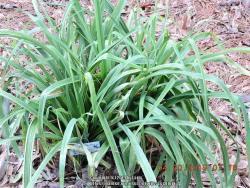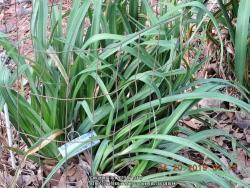Seedfork said:
Have you ever had any feed back from breeders down in Florida on the length of time the scapes are in the process of forming ?
I think you have done a wonderful job of presenting the process of the formation of a scape with the photos you created using the camera and the microscope. Great job...love how you present things in such a scientific manner.
Thanks, Larry

The only reference I remember off the top of my head for Florida was a comment by Ben Arthur Davis in his book Daylilies and how to grow them, where he said scapes were present in February. As far as I recall he did not say whether they had looked before February or at what size the baby scapes were that they found. I would have to look at the book again and may not have time today but will try.
I do not recall any Florida (or other) hybridizers mentioning having looked for early un-emerged scapes. Most people probably don't want to do this because it basically destroys the fan. When I looked at mine I only took pieces from daylilies that had formed large clumps for the most part. Anybody could do this but I must admit it is likely easier under a dissecting microscope except for ones like the very early bloomer in my pic that had a half inch scape in November that could not be missed. One other issue with doing this is that you also have to luck out and get a fan that intends to flower otherwise you obviously won't find a baby scape even if the cultivar does normally form them then!
An article by Shull who looked at early scape develoment said:
"In general it would seem that the early varieties, due to bloom in April or early May in the latitude of Washington, D. C, lay down their blossom buds before winter sets in and lie over in this condition ready to jump into action at the first stirring of spring. However, in one early variety, Aureole, no such buds were found in October though the crowns seemed sufficiently well developed to warrant expectation of bloom in 1942.
No dissection of known late bloomers disclosed blossom buds at this time. Whether or not blossom bud formation goes on even during the otherwise dormant condition of these later flowering sorts, or whether they are formed during the early growth of spring, will have to remain for further investigation."
Arisumi did some research on scape initiation and found several months between when they start and when they flower. I would have to dig out the paper later for the exact details unless Maurice
@admmad has them handy.







